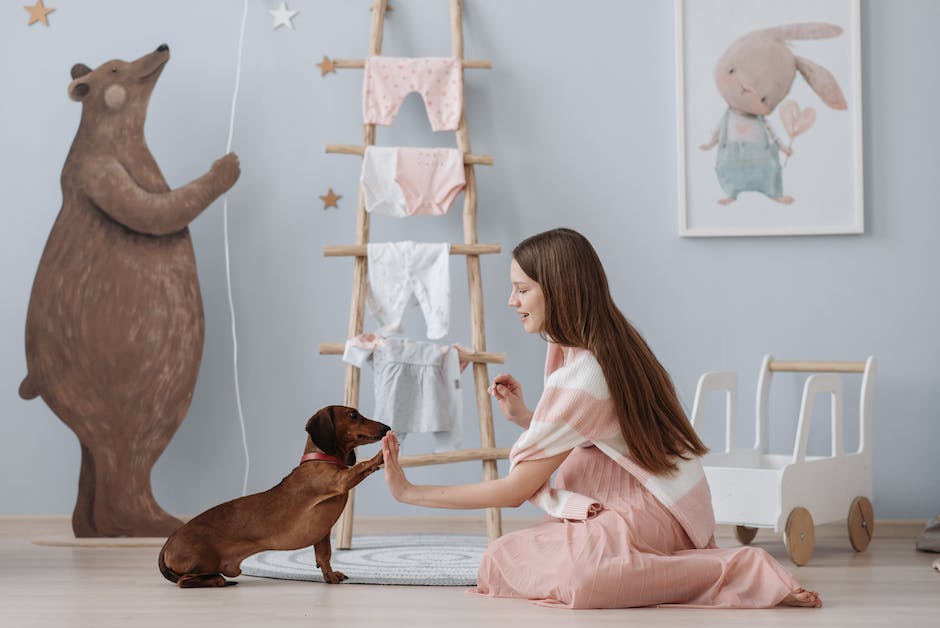As pet owners, we all want to communicate effectively with our furry companions. We want to understand their needs, desires, and even their moods. But sometimes, words are not enough. That’s where body language comes in. Our pets use their bodies to express themselves, and by learning to decode their postures and movements, we can become better trainers and caregivers. In this article, we’ll explore the fascinating world of pet body language and discover how it can help us build stronger bonds with our four-legged friends. So, let’s get ready to read some paws and postures!
1. “Unleashing the Secrets: Understanding Your Pet’s Body Language”
Pets are adorable creatures that bring joy and companionship to our lives. However, understanding their body language is crucial to building a strong bond with them. Here are some tips to help you decode your pet’s body language:
- Eye contact: Direct eye contact is a sign of aggression in dogs, while in cats, it is a sign of affection. If your dog avoids eye contact, it may be a sign of fear or submission.
- Body posture: A relaxed and loose body posture indicates that your pet is comfortable and happy. On the other hand, a stiff and tense body posture may indicate fear or aggression.
- Tail position: A wagging tail in dogs indicates happiness, while a tucked tail indicates fear or submission. In cats, a twitching tail indicates excitement or irritation, while a puffed-up tail indicates fear or aggression.
Understanding your pet’s body language can help you identify their needs and emotions. It can also prevent miscommunication and help you build a stronger bond with your furry friend. Remember to observe your pet’s body language in different situations to get a better understanding of their behavior.
2. “From Tail Wags to Ear Twitches: Deciphering Your Pet’s Communication”
Pets are beloved members of our families, but sometimes it can be difficult to understand what they are trying to communicate. Fortunately, there are many subtle cues that pets use to convey their emotions and needs. By paying attention to these signals, you can deepen your bond with your furry friend and ensure that they are happy and healthy.
One of the most common ways that pets communicate is through body language. Dogs, for example, use their tails to express a wide range of emotions. A wagging tail can indicate happiness or excitement, while a tucked tail may signal fear or anxiety. Similarly, cats use their ears to communicate. When a cat’s ears are forward and alert, they are curious or interested. If their ears are flattened against their head, however, they may be feeling defensive or aggressive. By observing your pet’s body language, you can gain valuable insights into their emotional state and respond accordingly.
3. “Mastering the Art of Pet Training: Reading Paws and Postures
Pets are wonderful companions, but they can also be a handful if not trained properly. One of the key aspects of pet training is being able to read their body language. By understanding your pet’s paws and postures, you can communicate with them effectively and build a stronger bond.
When it comes to reading paws, pay attention to their position and movement. If your pet’s paws are relaxed and still, it indicates that they are calm and content. However, if their paws are tense and twitching, it could mean that they are anxious or nervous. Similarly, the movement of their paws can also convey different messages. For example, if your dog is scratching excessively, it could be a sign of discomfort or irritation. By observing their paws, you can identify any potential issues and address them promptly.
Posture is another important aspect of pet communication. A relaxed and open posture indicates that your pet is comfortable and at ease. On the other hand, a tense and closed posture suggests that they are feeling threatened or defensive. By understanding your pet’s posture, you can adjust your approach accordingly and create a more positive training experience. Additionally, observing your pet’s posture can also help you identify any physical discomfort or pain they may be experiencing. By addressing these issues, you can ensure that your pet is healthy and happy. In conclusion, understanding your pet’s body language is crucial in building a strong and healthy relationship with them. It is important to remember that every pet is unique and may have their own quirks and behaviors. By paying attention to their paws and postures, we can decode their training needs and provide them with the love and care they deserve. So, next time you interact with your furry friend, take a moment to observe their body language and respond accordingly. Happy training!

